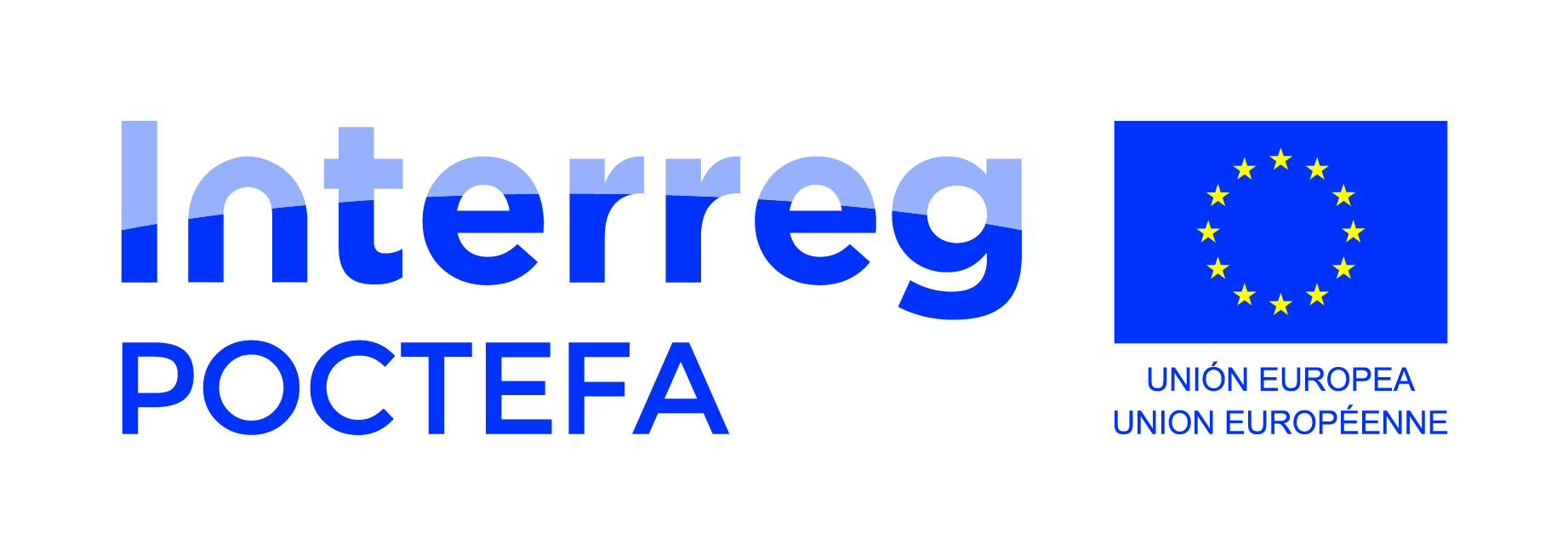
Figure 1. Electric responses obtained with PETGEM for an arbitrary 3D resistivity model
The 3D geo-electromagnetic modeling is a sounding technique used to obtain the electrical resistivity distribution of the subsurface from simultaneous measurement of naturally or artificially induced electromagnetic (EM) fields in the Earth’s subsurface. The EM response to the excitation sources depends on the electrical resistivity of the geological structures. From this dependence, it is possible to extract useful subsurface information to improve and reinforce geophysical characterization and interpretation. As a result, the 3D geo-electromagnetic methods have been widely used to map subsurface conductivity/resistivity variations for a diverse suite of applications across mineral and resource mining, crustal conductivity studies, CO2 storage characterization, geothermal reservoir imaging, and off-shore hydrocarbon exploration. Rigorous interpretation of electromagnetic data in complex geological environments requires accurate and efficient modeling tools. Using these tools, Maxwell’s diffusive equations in the low-frequency range are solved to obtain a prediction of the EM response.
On top of that, within the framework of the PIXIL project, researchers from the Barcelona Supercomputing Center (BSC) have worked on the development and improvement of the PETGEM code, which is a parallel and high-order routine for active-source and passive-source geophysical EM modeling on realistic setups. The task of developing and implementing the new version code required collaboration between academic institutions, of which the University of Barcelona (UB), Basque Center for Applied Mathematics (BCAM), and BSC stand out. In addition, it has been possible to establish a link with the industrial sector to improve the technological tool. In particular, BSC has collaborated with Geode-Solutions to develop a demonstrator for the generation of tailored meshes for electromagnetic modeling with PETGEM. This academy-industry collaboration has been formalized through the agreement of a limited use license between the BSC and Geode-solutions.
Additionally, PETGEM has been selected for the first pre-assessment study of the Lab-to-Market (L2M) program of the R+D+I Energy for Society Network (XRE4S). The L2M program is the XRE4S technology scouting program. It consists of pre-screening technology assessment, market opportunity, and analysis of the intellectual property status and strategy. On top of that, the effort during the L2M scouting program will focus on exploring the needs of the geothermal energy market (local level) and how PETGEM technology can contribute to detecting and characterizing geothermal reservoirs based upon EM methods and High-performance Computing (HPC).
PETGEM capacities and performance have been assessed in the last year, focusing on geothermal energy. The following papers have been derived from this research and collaborative work:
- Castillo-Reyes, O., Queralt, P., Marcuello, A., & Ledo, J. (2021). Land CSEM simulations and experimental test using metallic casing in a geothermal exploration context: Vallès Basin (NE Spain) case study. IEEE Transactions on Geoscience and Remote Sensing (Early access).
- Castillo-Reyes, O., Modesto, D., Queralt, P., Marcuello, A., Ledo, J., Amor-Martin, A., de la Puente, J., García-Castillo, L.E. (2021). 3D magnetotelluric modeling using high-order tetrahedral Nédélec elements on massively parallel computing platforms. Submitted to Computers & Geosciences
- Werthmüller, D., Rochlitz, R., Castillo-Reyes, O., & Heagy, L. (2021). Towards an open-source landscape for 3-D CSEM modelling. Geophysical Journal International, 227(1), 644-659.
- Castillo-Reyes, O., Amor-Martin, A., Botella, A., Anquez, P., García-Castillo, L.E. (2021) Adaptive mesh refinement for 3D electromagnetic modeling using high-order edge elements. Submitted to Computational Geosciences.
One of the main conclusions of this research work is that PETGEM features satisfy modeling requirements of challenging and arbitrarily 3D geo-electromagnetic setups using both modest multi-core architectures and large-scale parallel computing clusters. Also, the reported results confirm that a triple helix approach based on high-order finite element methods, tailored meshes, and HPC can be highly competitive for the solution of realistic and complex 3D models in geophysical electromagnetics. These PIXIL results will prove helpful for geophysicists interested in arbitrary 3D geo-electromagnetics.



